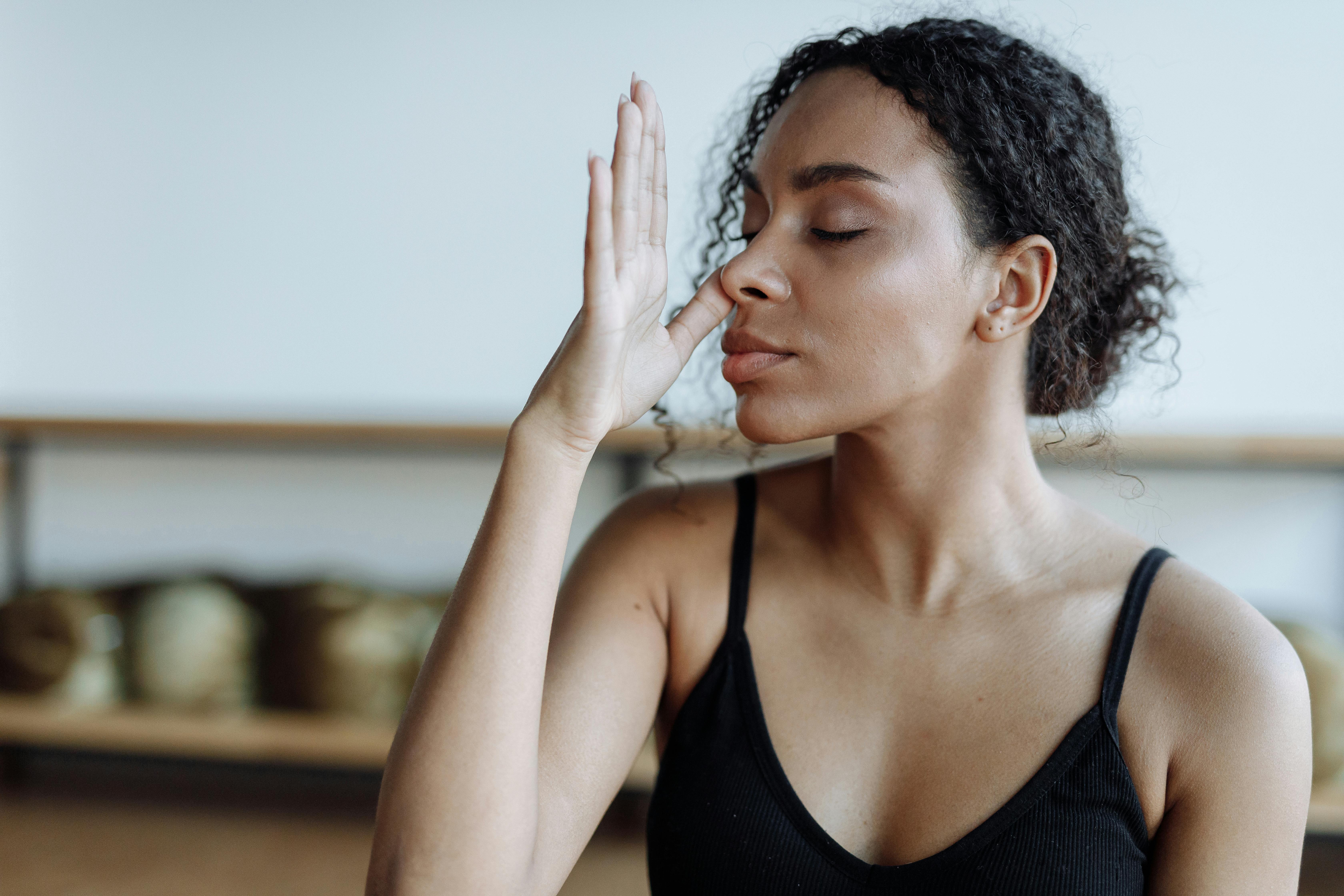Biofeedback Breathing: Harnessing the Mind-Body Connection for Optimal Health
Imagine effortlessly controlling your stress levels, improving your focus, and enhancing your overall well-being with nothing more than your breath. This isn't science fiction – it's the power of biofeedback breathing, a cutting-edge technique that's revolutionizing the way we approach health and wellness. But what exactly is biofeedback breathing, and how can it transform your life?

The Science of Biofeedback Breathing
At its core, biofeedback breathing is rooted in the intricate connection between our breath and our autonomic nervous system. This system, responsible for regulating involuntary bodily functions such as heart rate and digestion, is directly influenced by our breathing patterns. By learning to control our breath, we can effectively modulate our nervous system, leading to a cascade of positive effects throughout the body.
Research has shown that specific breathing patterns can activate either the sympathetic (fight-or-flight) or parasympathetic (rest-and-digest) branches of the autonomic nervous system. Biofeedback breathing takes advantage of this connection by providing real-time data on physiological markers such as heart rate variability, skin conductance, and muscle tension. This immediate feedback allows individuals to fine-tune their breathing for optimal results.
The Evolution of Biofeedback Technology
The concept of biofeedback has been around since the 1960s, but recent technological advancements have made it more accessible and effective than ever before. Early biofeedback devices were bulky, expensive, and limited to clinical settings. Today, however, we have access to a wide range of portable, user-friendly devices that can be used at home or on the go.
Modern biofeedback breathing tools utilize sensors that can be worn on the body or integrated into smartphone apps. These devices collect data on various physiological parameters and present it in an easy-to-understand visual format. Some advanced systems even incorporate gamification elements, turning the practice of controlled breathing into an engaging and rewarding experience.
Benefits of Biofeedback Breathing
The potential benefits of biofeedback breathing are vast and varied. Studies have shown that regular practice can lead to significant improvements in both physical and mental health. Some of the most notable benefits include:
-
Stress Reduction: By learning to control their breathing, individuals can effectively manage their stress response, leading to lower cortisol levels and a greater sense of calm.
-
Improved Cognitive Function: Controlled breathing has been linked to enhanced focus, memory, and decision-making abilities.
-
Better Sleep Quality: Regular practice of biofeedback breathing can help regulate sleep patterns and improve overall sleep quality.
-
Pain Management: Some studies suggest that biofeedback breathing techniques can be effective in managing chronic pain conditions.
-
Cardiovascular Health: Controlled breathing exercises have been shown to improve heart rate variability, a key indicator of cardiovascular health.
Implementing Biofeedback Breathing in Daily Life
Incorporating biofeedback breathing into your daily routine doesn’t have to be complicated or time-consuming. Here are some practical tips to get started:
-
Choose the Right Tool: Select a biofeedback device or app that suits your needs and lifestyle. Options range from simple smartphone apps to more advanced wearable devices.
-
Start Small: Begin with short, 5-10 minute sessions and gradually increase the duration as you become more comfortable with the technique.
-
Practice Consistently: Aim for daily practice, even if it’s just for a few minutes. Consistency is key to reaping the full benefits of biofeedback breathing.
-
Experiment with Different Techniques: Try various breathing patterns, such as diaphragmatic breathing or box breathing, to find what works best for you.
-
Use Visual Cues: Take advantage of the real-time feedback provided by your chosen device to guide your breathing and track your progress.
The Future of Biofeedback Breathing
As technology continues to advance, the future of biofeedback breathing looks increasingly promising. Researchers are exploring new applications for this technique, including its potential use in treating mental health disorders, managing chronic diseases, and enhancing athletic performance.
One exciting area of development is the integration of artificial intelligence and machine learning into biofeedback devices. These advancements could lead to more personalized and adaptive breathing protocols, tailored to each individual’s unique physiology and needs.
Breathe Your Way to Better Health: Essential Tips
-
Practice diaphragmatic breathing by placing one hand on your chest and the other on your belly, ensuring the hand on your belly rises more than the one on your chest.
-
Experiment with different breathing ratios, such as inhaling for 4 counts, holding for 4 counts, and exhaling for 6 counts.
-
Use biofeedback breathing techniques before stressful events or important meetings to calm your nerves and improve focus.
-
Combine biofeedback breathing with other relaxation techniques, such as progressive muscle relaxation or guided imagery, for enhanced results.
-
Consider attending a biofeedback breathing workshop or working with a certified practitioner to refine your technique and maximize benefits.
In conclusion, biofeedback breathing represents a powerful intersection of ancient wisdom and modern technology, offering a simple yet effective way to take control of our health and well-being. By harnessing the mind-body connection through conscious breathing, we can unlock a multitude of benefits that extend far beyond mere relaxation. As research in this field continues to grow, biofeedback breathing is poised to become an indispensable tool in our quest for optimal health and vitality. So take a deep breath, tune into your body, and embark on a journey towards a healthier, more balanced you.





